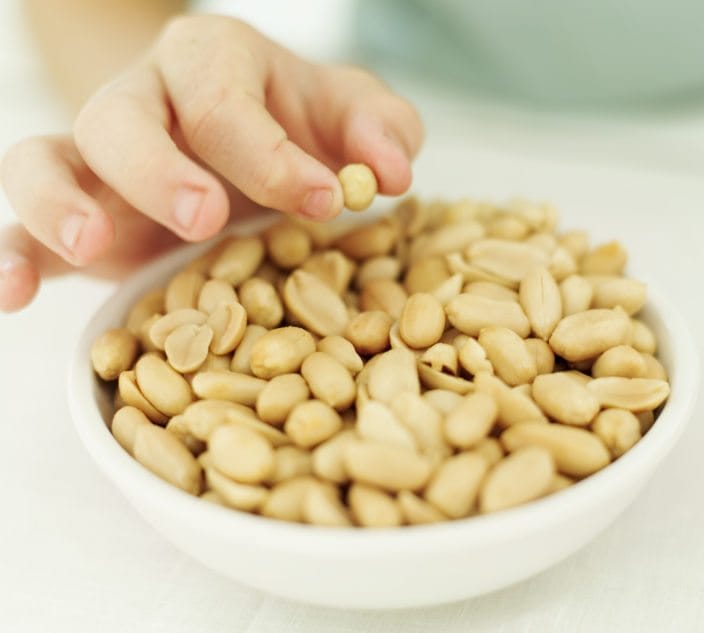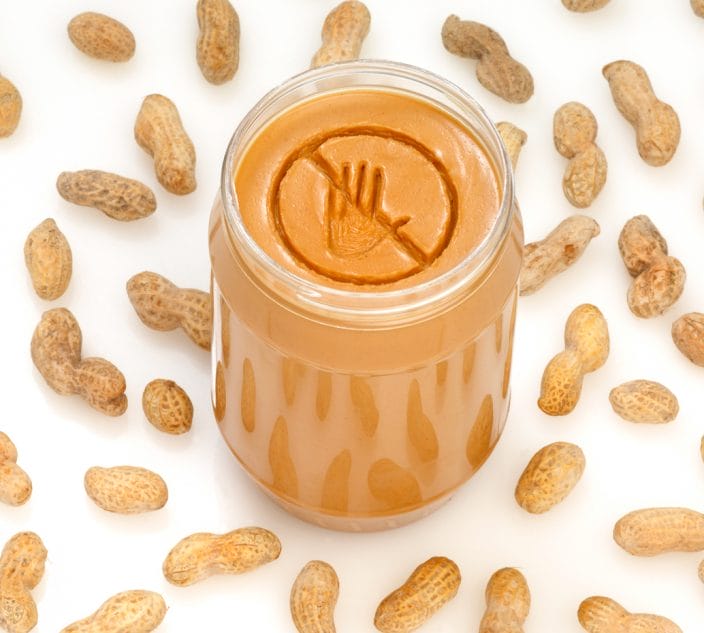 Dr. Carla Davis presents a poster at the AAAAI/WAO meeting.
Dr. Carla Davis presents a poster at the AAAAI/WAO meeting. An analysis of data from 600,000 pediatric intensive care units across North America reveals the risks of anaphylaxis in children to be higher than has previously been appreciated, even in young babies, according to one of the study’s authors.
The study, which is the largest report to date on the characteristics of anaphylaxis in children, showed that 2,000 children were admitted to pediatric ICUs between 2010 and 2015.
While that represents only about 0.3% of all urgent pediatric admissions, anaphylaxis in children “really is more of a burden than we anticipated,” Dr. Carla Davis, a study author and associate professor of pediatrics at Baylor College of Medicine in Houston, explained at the AAAAI/WAO joint congress in Orlando in early March 2018.
As well, there was a mortality rate in the anaphylaxis group of 1 percent, with peanut and dairy reactions implicated as the leading causes of death in these children.
The patient population in the study ranged in age from under a month old to 18 years, and food was the leading cause of severe allergic reaction. While deaths were relatively uncommon, anaphylactic reactions were quite often severe, requiring intubation for breathing assistance in 19 percent of the allergic children.
Anaphylaxis occurred more frequently in children aged 6 to 18, but Davis, the director of the Texas Children’s Hospital food allergy program, expressed concern about the impact when it occurs in very young children.
“When infants and toddlers have anaphylaxis that’s severe, it tends to cause them to have a critical state,” she told a press conference. She said the few babies under a month old who suffered anaphylaxis required an average hospital stay of 78 days as opposed to about 19 days in the older children.
“This is something that really hasn’t been recognized as a problem,” she said. “This needs symptom recognition and understanding that anaphylaxis can happen in young children.” Davis said that in young babies, an allergen exposure would likely occur through breast milk.
While this study didn’t address the topic, Davis says it’s known from other studies that delay of epinephrine administration is associated with more severe reactions.
“More physicians on the front lines need to quickly recognize and then treat anaphylaxis,” she said. “If there’s better awareness of symptoms of anaphylaxis, as well appropriate treatment early, then maybe these cases could be minimized.”
Other findings of this study:
- Peanut was responsible for 45 percent of the food-induced anaphylaxis in children; nuts and seeds for 19 percent of reactions; and milk for 10 percent.
- Northeast and western regions of the U.S. had the highest proportion of children admitted for anaphylaxis.
- In the age range of 0 to 12, more boys than girls had anaphylaxis. Over the age of 12, more teen girls than boys were affected.
For full coverage of the 2018 AAAAI/WAO joint congress, see here.
Related:
– Severe Food Reactions Surge Over Decade, Along with Health Costs
– 2016 Study Finds Rate of Anaphylaxis Soared Over a Decade





